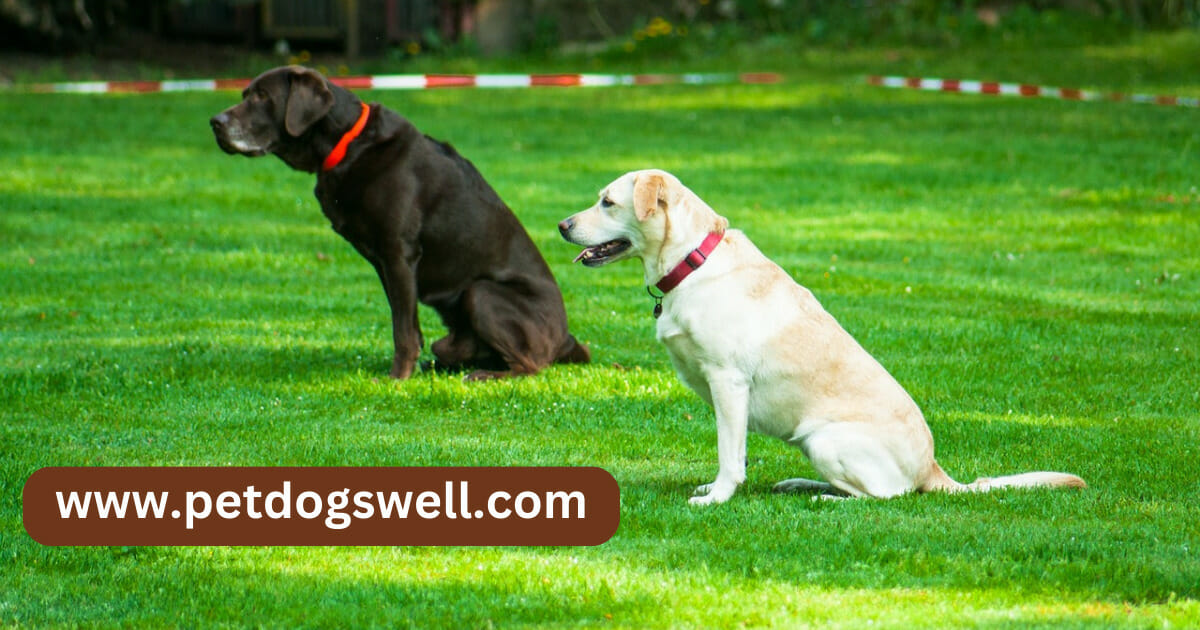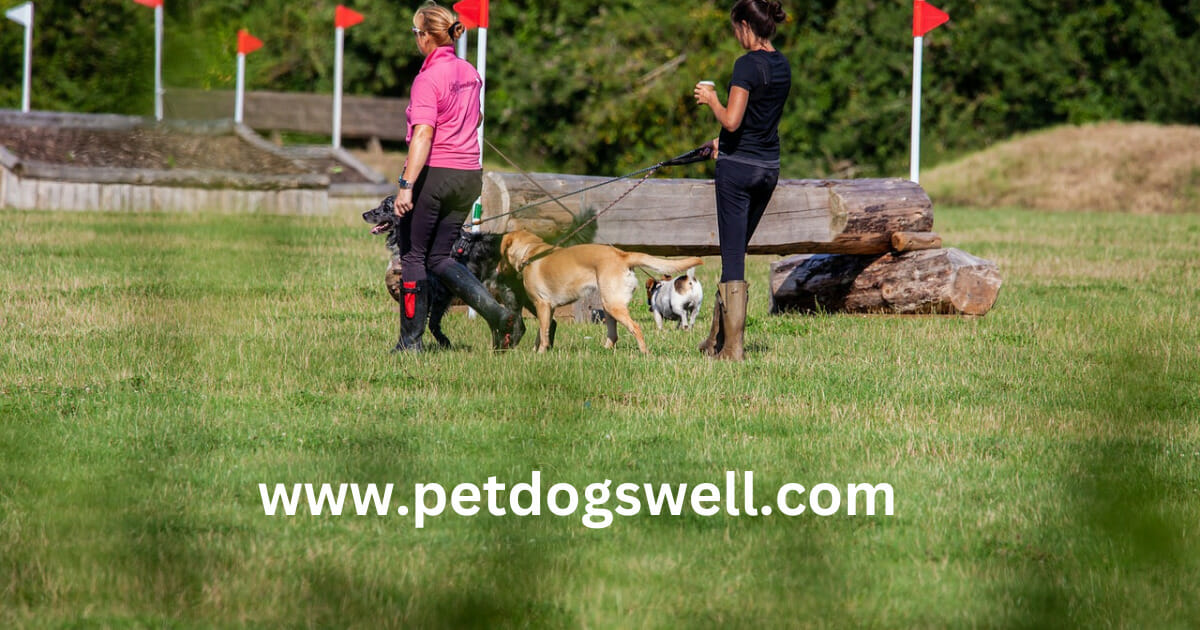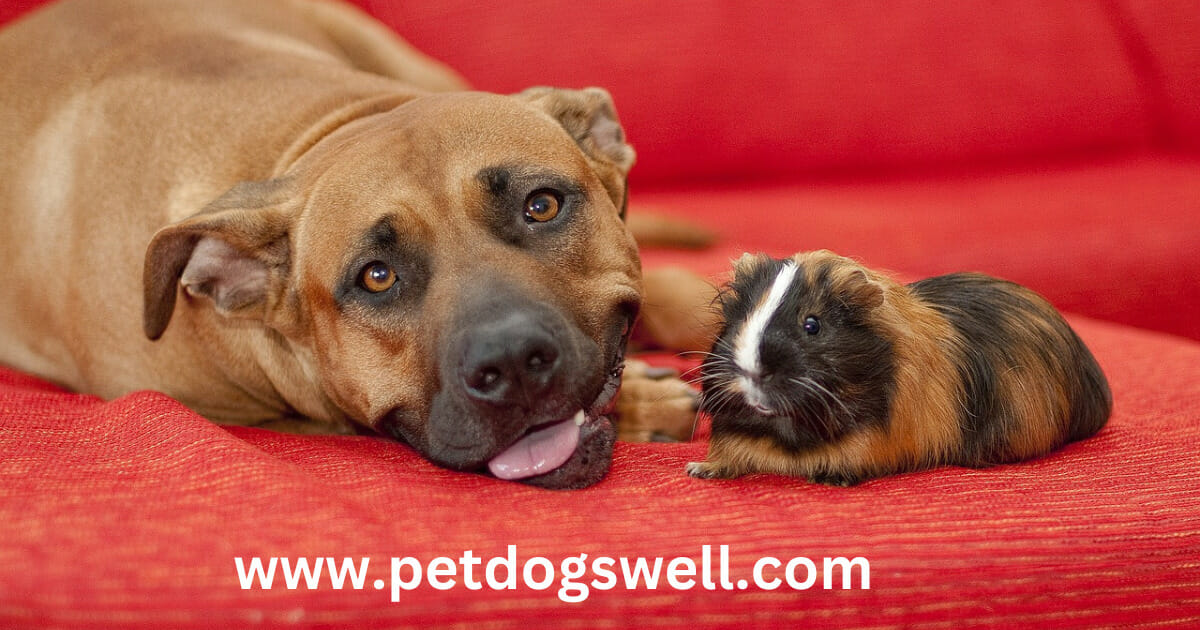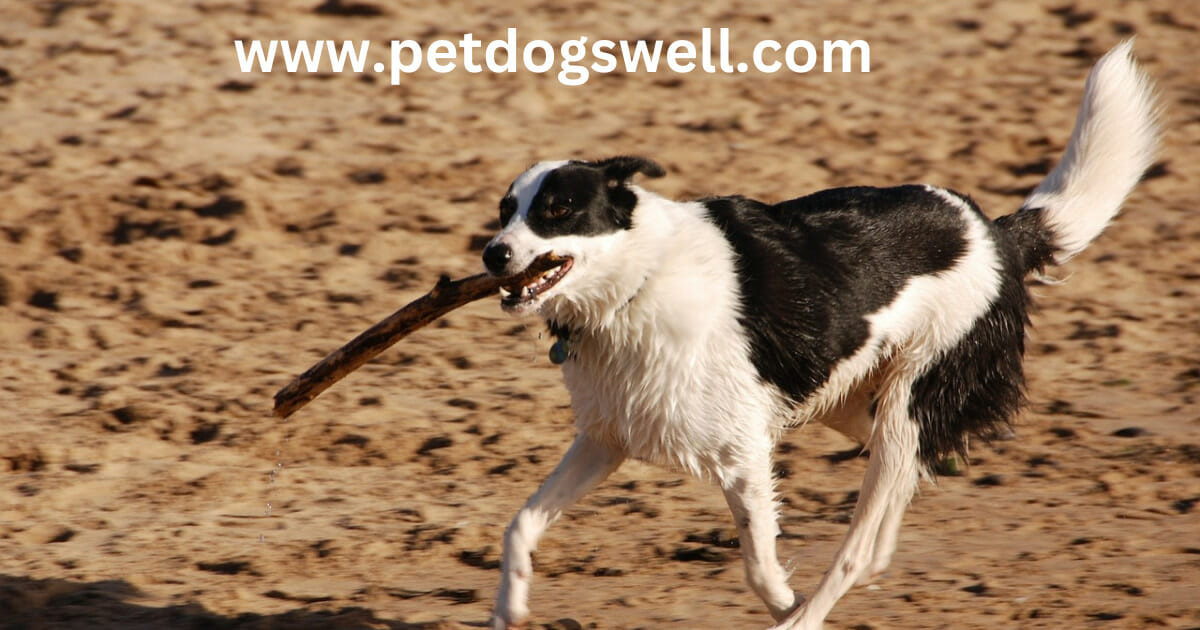As responsible dog owners, it is your duty to ensure that your furry friends live healthy and happy lives. The most important and crucial aspect of a dog’s overall health is exercise. But the question is that how much exercise does your dog need?

In this article, we will provide you with comprehensive, authentic, and general information on determining your dog’s exercise requirements by breed, age, and activity considerations. Because exercise is essential for dogs and as well as for humans to maintain their healthy and active lifestyles.
Understanding How Much Exercise Your Dog Needs
Every dog is different and unique physically and related to many other factors. So their exercise needs may vary depending on several factors, such as age, size, breed, and general health conditions.
There are many ways to exercise your dog; some require daily vigorous or more workouts, while others require less strenuous activities. Generally, it is advised and recommended that dogs should spend 30 minutes to 2 hours exercising per day, depending on their age, size and breed factors.
4 Factors That Influence How Much Exercise Your Dog Needs Daily
There are several varieties of dogs and they have different body sizes, age duration, breed types, activities, health conditions and personalities. Some dogs are playful and active like Border Collie, Jack Russell Terrier and boxer breeds. So they need more exercise than other lazy dogs like Bulldog and Basset Hound dog breeds that are not much active.
1. Age of Dog Affecting Dog Exercise
According to Debbie Krug little dogs or puppies need less amount of exercise per day like 10 minutes to 15 minutes daily. This exercise involves enrichment, training and normal exercises for the whole day.
Debbie Krug also makes it clear that heavy dog exercises like fetching and long-distance running are not recommended for puppies, as they have delicate bones and joints at this stage of age. Their bones and joints are fully developed between 12 months to 24 months depending on different breeds of dogs.
Krug adds that puppies grow and become older with time and they also need more activity and general exercises. At their full young age or adolescence stage which spans from 1 to 3 years, dogs need the highest exercise and full body activity. This also depends upon the breed types.
She says that after adolescence decreases and meanwhile dogs’ exercise needs also decrease with the passage of time. But however, adult and senior dogs need daily exercise to maintain their mental and physical health. But at this stage of age, those senior dogs require light exercises like roadside walks are the main source for their mental and body health.
2. Health of Dog for Dog Exercise
How Much Exercise Does Your Dog Need? Krug says that your dog’s daily exercise depends upon the general health conditions and many factors which may affect your dog’s health. For example, a healthy dog needs more exercise than the exercise needs of a sick dog or a dog suffering from the especially orthopedic disease.
If your dog is suffering from an orthopedic disease or any other health disorder then must consult with your veterinary doctor and he will suggest you your dog’s daily exercise needs according to the health condition of the dog.
3. Breed of Dog for Daily Dog Exercise
Exercise is very crucial for maintaining a healthy and charming lifestyle for our canine companions. However, the exercise needs of the dogs can vary greatly depending on their breeds.
Understanding the specific exercise requirements of your furry friends can help you provide them with the perfect physical and mental stimulation they need. Here we will explore how different breeds of dogs require necessary exercises that keep them happy and fit.
1. High-Energy Breeds:
There are some more active and high-energy breeds like Border Collies, Labrador Retrievers, and Jack Russell Terriers that thrive or grow on intense or hard physical activities. They need more exercise and physical activities.

Therefore, engage these dogs in high-power activities such as vigorous games of fetch, long runs, and agility training to keep them mentally and physically stimulated and fit.
2. Medium-Energy Breeds:
There are some dog breeds such as Bulldogs, Beagles, and Shih Tzus that are less active than Border Collies and Labrador Retrievers breeds. These dogs fall into the medium-energy dog category.
They need medium-energy exercises like regular outside walks, interactive play sessions, and moderate exercise to prevent boredom and maintain their mental and physical health.
3. Low-Energy Breeds:
There are dog breeds that are less active than all the above-mentioned breeds like Basset Hounds, Pugs, and Bulldogs have fewer exercise needs. They are obese and low-energy dog breeds.
Therefore, these dogs need very low-energy exercises like short walks, gentle playtime, and mentally stimulating activities. Low-energy exercises such as puzzle toys are very ideal for keeping them happy and healthy.
4. Unleash the Best Exercise for Your Dog’s Personality
It is very essential to understand the unique personalities of your canine companions when it comes to providing them with the right exercise way. Just like humans, dogs also have distinct temperaments that affect their preferences and energy levels.
In this article, we will explain how tailoring dog exercises to match different dog personalities that can ensure a fulfilling and beneficial experience for both you and your furry friend.
1. Energetic and Playful Dog Personalities:
Dogs with high-energy, more active and playful personalities, such as Border Collies and Australian Shepherds, need more power and engaging exercises. These exercises include activities like agility training, frisbee, and long runs that will keep them mentally stimulated and physically well-satisfied.
2. Social and Pack-Oriented Dog Personalities:
Some dogs are social, such as Golden Retrievers and Labrador Retrievers. They enjoy exercise that involves interaction with both humans and other dogs. These dogs enjoy activities like dog park visits, group hikes, and dog obedience training. These exercises make them socialized and they remain satisfied.
If you want to train your dog to stop dog from biting then read our article 5 tips to prevent dog bites
3. Independent and Focused Dog Personalities:
There are some independent and focused dog breeds, like Siberian Huskies and Shiba Inus. These dogs enjoy exercises that challenge their minds and satisfy their natural instincts.
These independent dogs like and enjoy activities like puzzle toys, scent work, and obedience training that can keep them mentally stimulated, healthy and prevent boredom.
4. Calm and Relaxed Dog Personalities:
Dogs with calm and relaxed personalities, such as Basset Hounds and Bulldogs, may not require heavy exercises. They are also obese dogs and they need lower energy exercises like gentle walks, short play sessions and swimming. These exercises help them stay healthy and mentally relaxed.
Understanding If Your Dog is Getting Enough Exercise
Knowing that your dog is getting enough exercise and healthy activities is very important for their overall health and well-being. Different dogs have different exercise requirements that are based on many factors such as age, size, breed, and overall health conditions.
Here are some signs and key indicators that help you understand if your dog is getting sufficient exercise or not:
1. Energy Levels:
The well-exercised dogs will have a balanced energy level throughout the day. These well-exercised dogs should be alert, playful, happy and content, rather than restless, angry and excessively lazy.
2. Weight Management:
Regular and proper exercise helps maintain a healthy weight for your dog. If they are receiving enough exercise and physical activity, their weight should remain within an appropriate range for their breed and body type.
3. Behavior:
Adequately exercised dogs are generally well-behaved, safe and exhibit fewer destructive behaviors such as chewing or excessive barking. Proper exercise helps channel their energy in a positive way, reducing the risk of harsh and bad behavioral issues like aggression.
4. Muscle Tone and Conditioning:
The dogs that engage in proper regular exercise will have well-developed muscle tone and overall body fitness. Their body shape looks very energetic and healthy. Full and enough exercise makes their muscles beautiful and strong.
On the other hand dogs without proper exercise don’t have much beautiful and energetic muscles. They have a loose and lazy body shape.
5. Mental Stimulation:
Exercise plays a vital and very important role in making a beautiful body shape and muscles of a dog and keeps them physically fit. Proper exercise also provides mental stimulation to your dogs and keeps their minds calm and satisfied.

6. Sleep Patterns:
Dogs that are sufficiently exercised tend to have more restful sleep. If your dog is getting the proper amount of physical activity or exercise then it should have a sound sleep pattern without excessive restlessness or insomnia.
So you can judge the exercise amount your dog gets from the sleeping patterns.
7. Vet’s Opinion:
Consult with your veterinarian doctor regarding your dog’s exercise needs. He can suggest proper and well-balanced exercise for your dog according to breed, age, and general health condition of the dog.
Conclusion
Make sure your dog gets daily exercise and mental stimulation for good health and mental satisfaction. Dog exercise keeps them healthy, safe and content. Exercise will help to reduce the risk of diseases and any health disorders.
Remember, it’s very important to maintain a full balance between providing enough exercise and avoiding overexertion. Otherwise, it will disturb your dog’s health and mental situation.
If you’re not sure about your dog’s best exercise requirements, consult with a professional dog trainer or veterinarian to tailor an exercise routine that suits best your dog’s specific needs according to the dog’s age, breed and health.
